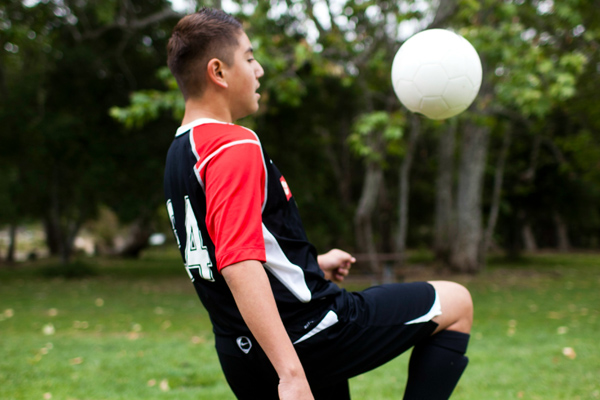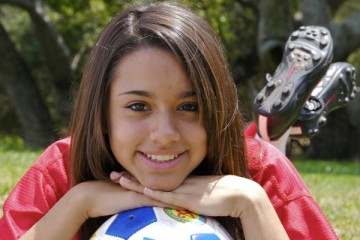A sprain is a stretch or tear in a ligament, the bands of fibrous tissue that connect our bones at the joints. A strain is also a stretch or tear, but it affects the muscle itself or a tendon, which is the tissue that connects the muscles to the bones. The severity of a sprain or ligament tear is graded a 1, 2 or 3; the more serious injuries are graded higher, and a grade 3 signifies that a ligament is not in continuity, says Dr. John A. Schlechter, CHOC Pediatric Orthopedic Specialist and Orthopedic Surgeon. “If you have a bad sprain it can almost be worse than a broken bone in terms of swelling.” It’s best to have these injuries checked by a doctor and get an X-ray, he says.
COMMON LIGAMENT INJURIES
“The most commonly injured ligament for children and adults is probably the lateral ankle ligament, which is a typical sprained ankle,” says Dr. Schlechter. “If you tear the ACL which is the main stabilizing ligament of the knee, that’s a big issue often requiring surgery. Gymnasts often sprain wrists too, and contact athletes can get shoulder problems.”
TREATMENT AND REHABILITATION
“Most of the time these injuries can be treated with what we call PRICE: Protection from bracing, splinting or casting; Rest; Ice; Compression and Elevation,” says Dr. Schlechter. “Surgery might be needed for a major ligament in a major joint such as the knee. The next step after PRICE can be getting the patient back to sports with a physical therapist and perhaps an athletic brace when they return to activity.”


















